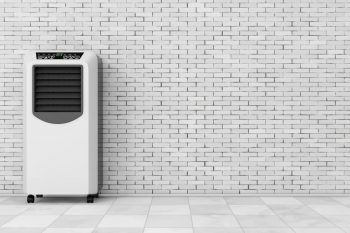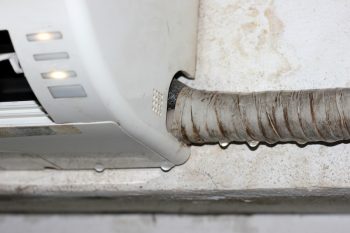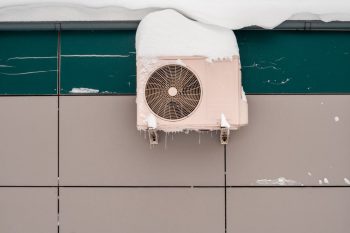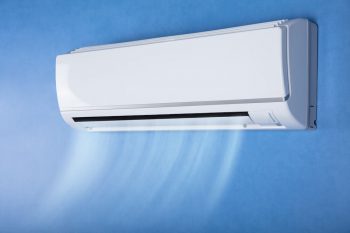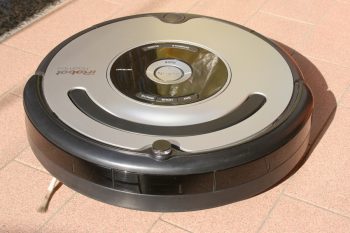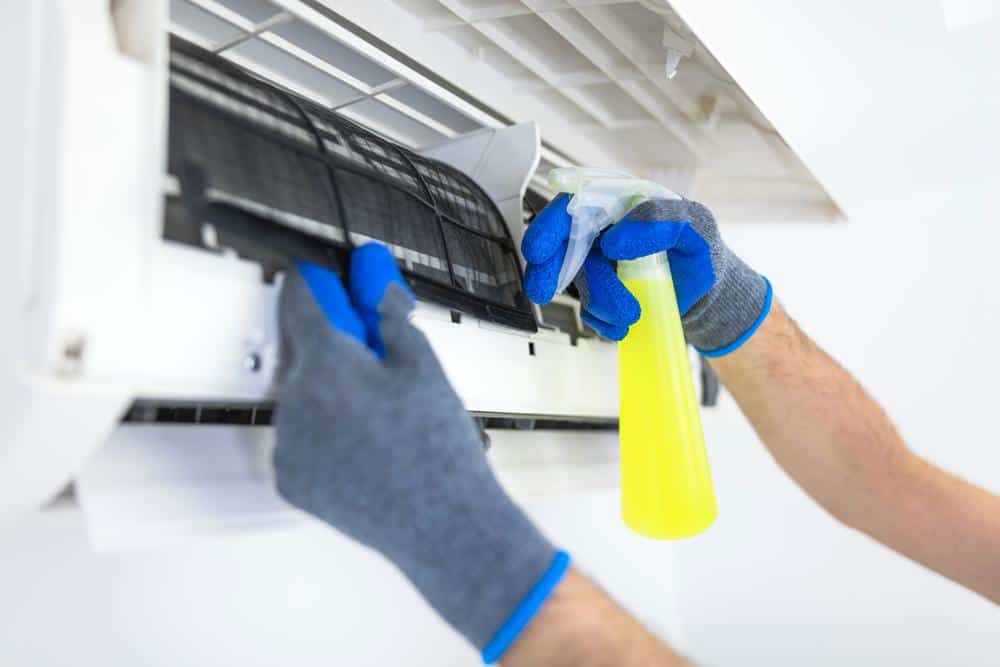
Maintaining a comfortable and safe room temperature for your baby is essential for their health and wellbeing. One of the most common questions that new parents ask is, “What should the AC temperature be for a baby?” In this comprehensive guide, we will explore this topic in detail, providing you with practical advice, examples, and reference points to help you make the best decisions for your baby’s comfort and safety.
The ideal AC temperature for a baby’s room is between 68 and 72 degrees Fahrenheit (20-22 degrees Celsius). This range is considered safe and comfortable for babies. However, it’s important to monitor your baby for signs of discomfort and adjust the room temperature as needed, since each baby may have different comfort levels.
Ideal Room Temperature for a Baby’s Room
The American Academy of Pediatrics recommends maintaining a baby’s room temperature between 68 and 72 degrees Fahrenheit (20-22 degrees Celsius). This range is considered safe and comfortable for babies. Babies are more sensitive to changes in room temperature due to their small size and still-developing bodies. Therefore, maintaining the right room temperature is crucial as it can help prevent overheating, which has been linked to sudden infant death syndrome (SIDS).
How AC Temperature Affects a Baby’s Comfort and Sleep Quality
The AC temperature can significantly affect a baby’s sleep quality and overall comfort. A comfortable bedroom temperature helps promote better sleep, while a room that is too hot or too cold may disrupt sleep quality and lead to nighttime awakenings. Overheating can also increase a baby’s risk of SIDS. Therefore, maintaining an appropriate room temperature and dressing the baby properly can help ensure their sleep quality and overall comfort.
Potential Health Risks of Improper AC Temperature
Setting the AC temperature too high or too low for babies can pose potential health risks. Babies are particularly vulnerable to overheating and heat-related illnesses such as heat rash, dehydration, and heat exhaustion. On the other hand, a room that is too cold could severely lower your baby’s body temperature, leading to hypothermia.
Factors to Consider When Setting the AC Temperature
When setting the AC temperature for a baby’s room, consider the following factors:
- Ideal Room Temperature: Maintain a room temperature between 68 and 72 degrees Fahrenheit (20-22 degrees Celsius).
- Avoid Overheating: Overheating can increase the risk of SIDS. Dress the baby appropriately and avoid setting the temperature too high.
- Temperature Regulation: Babies have difficulty regulating their body temperature. Therefore, the room temperature should be stable and sudden, drastic changes should be avoided.
- Monitor Room Temperature: Use a room sensor or a standalone digital thermometer to monitor the room temperature.
- Humidity Levels: Monitor and control the humidity levels in the room. Excess humidity can lead to respiratory issues, while low humidity can cause dry skin and nasal congestion.
- Dress Appropriately: Dress the baby in one more layer than what an adult would wear to feel comfortable.
- Avoid Direct Air Stream: If using air conditioning, avoid placing the baby directly in the air stream as it tends to be extra cold.
- Room Sharing: Share a room with the baby for at least the first six months of their life. This can make temperature monitoring easier.
- AC Maintenance: Regularly service the AC to ensure it functions properly and efficiently.
Signs That the AC Temperature is Not Suitable for a Baby
Look out for the following signs to determine if the AC temperature is not suitable for your baby:
- Fussiness: If the baby seems uncomfortable or is fussing more than usual, it could be a sign that they are either too hot or too cold.
- Cold extremities: Cold hands and feet can be a sign that the baby is too cold.
- Sweating: If the baby is sweating, it could be a sign that they are too hot.
- Changes in skin condition: If the baby’s skin seems unusually dry, it could be a sign that the air in the room is too dry.
- Changes in behavior or health: If the baby seems lethargic, has a decreased appetite, or shows signs of dehydration, these could be signs that the room is too hot.
Remember, babies, particularly newborns, can’t adjust their body temperature as well as adults, so it’s important to monitor them closely and adjust the room temperature as needed. If you’re unsure or have concerns, consult with a pediatrician.
Conclusion
Maintaining the right AC temperature for your baby’s room is crucial for their comfort and safety. Keep the room temperature between 68 and 72 degrees Fahrenheit (20-22 degrees Celsius), dress your baby appropriately, and monitor them closely for signs of discomfort. If in doubt, always consult with a healthcare professional.
Remember, each baby is unique and may have different comfort levels. Therefore, it’s essential to monitor your baby and adjust the room temperature as needed to ensure their comfort and safety.
Frequently Asked Questions
What should I do if my baby seems too cold even when the room temperature is between 68 and 72 degrees Fahrenheit?
Babies can have different comfort levels. If your baby seems too cold, you can add an extra layer of clothing or use a lightweight blanket. However, make sure to avoid overheating. It’s always best to consult with a healthcare professional if you’re unsure.
Can I use a heater instead of an AC in the baby’s room?
Yes, you can use a heater in the baby’s room, especially during winter. However, it’s important to ensure that the room temperature still remains between 68 and 72 degrees Fahrenheit (20-22 degrees Celsius). Also, avoid placing the heater near the baby or the crib to prevent accidents.
What type of clothing is appropriate for a baby in an air-conditioned room?
Dress your baby in lightweight, breathable clothing like cotton. You can also use a light swaddle or blanket. Remember the general rule: dress your baby in one more layer than what an adult would wear to feel comfortable.
How often should I check the room temperature?
It’s a good practice to check the room temperature regularly, especially before you put your baby to sleep. If you notice any major fluctuation in the temperature, adjust the AC or heater accordingly.
Can I use a fan instead of an AC in the baby’s room?
Yes, a fan can be used to circulate air in the room. However, make sure the fan isn’t blowing directly on the baby. Also, a fan alone may not be sufficient in maintaining the room temperature between 68 and 72 degrees Fahrenheit (20-22 degrees Celsius), especially during hot weather.

